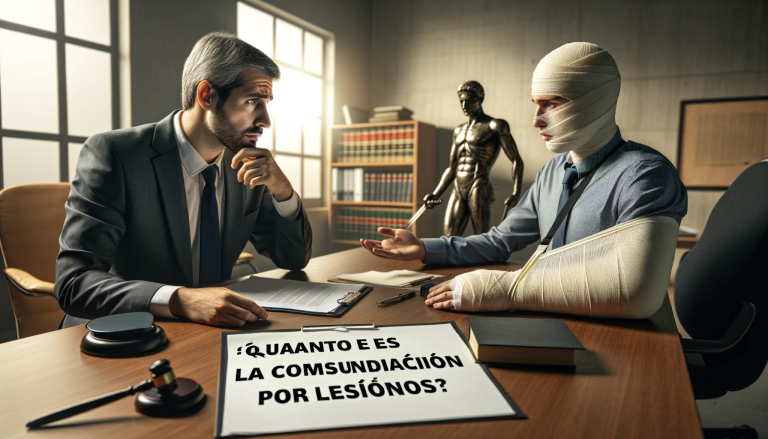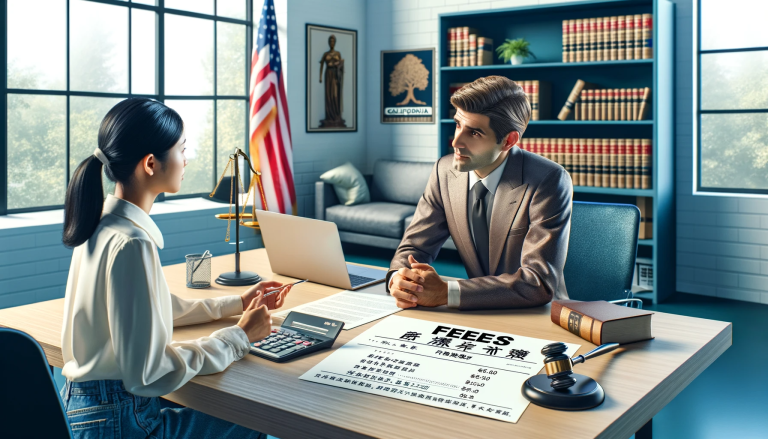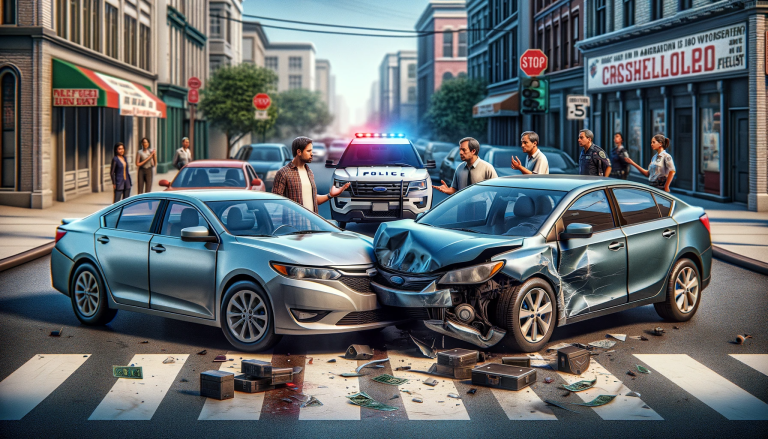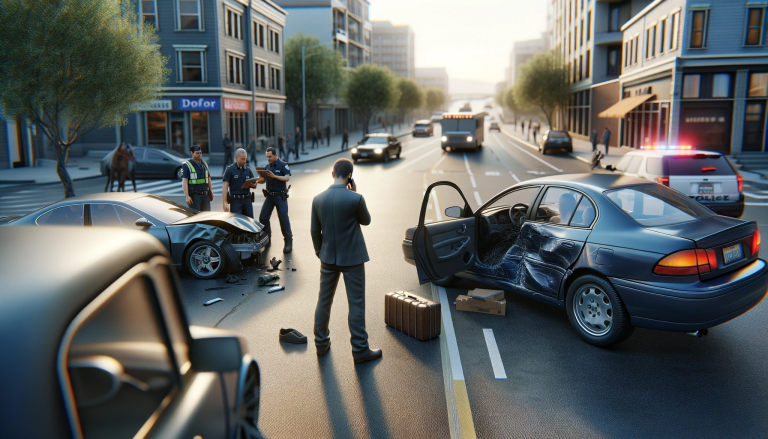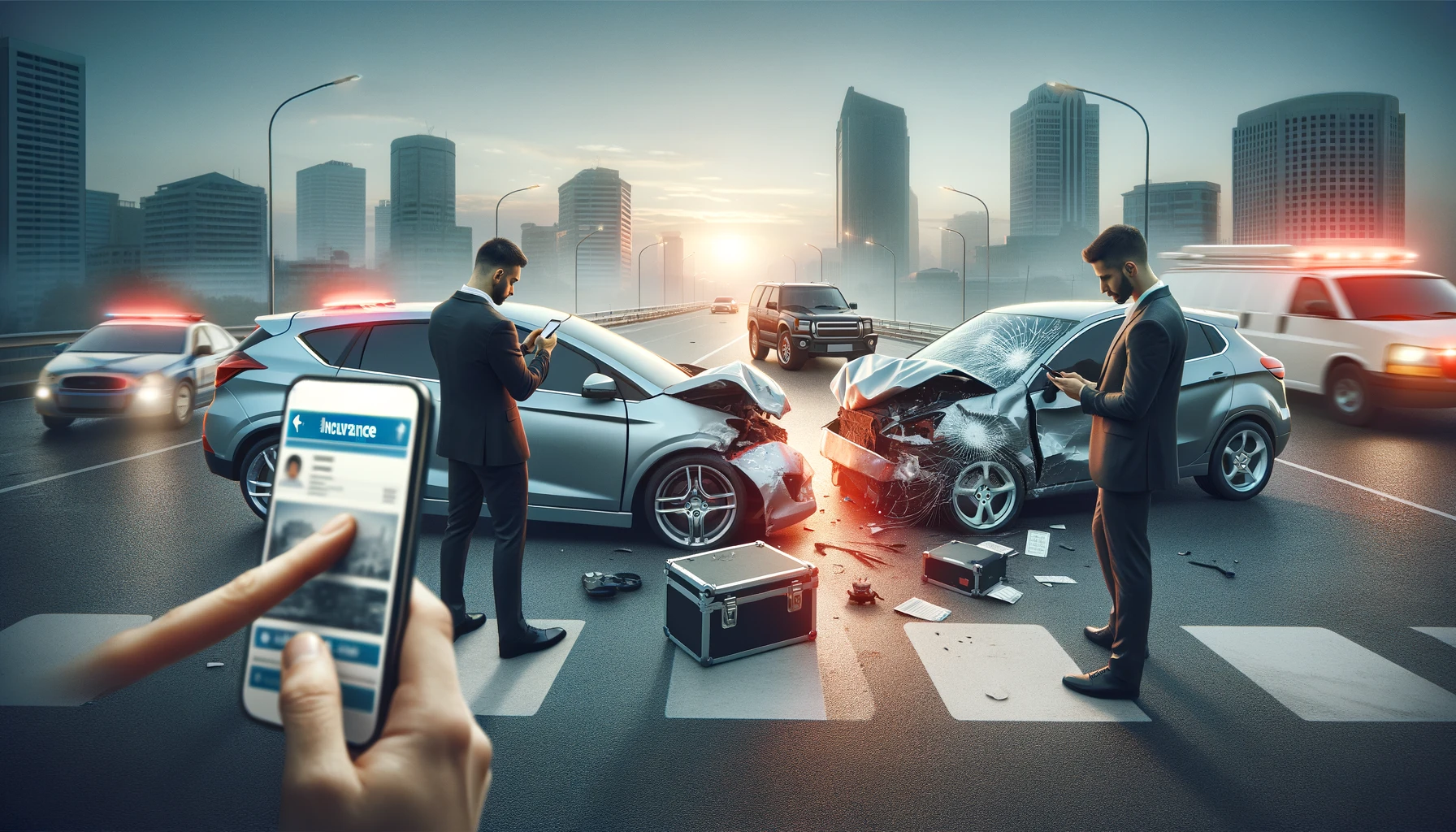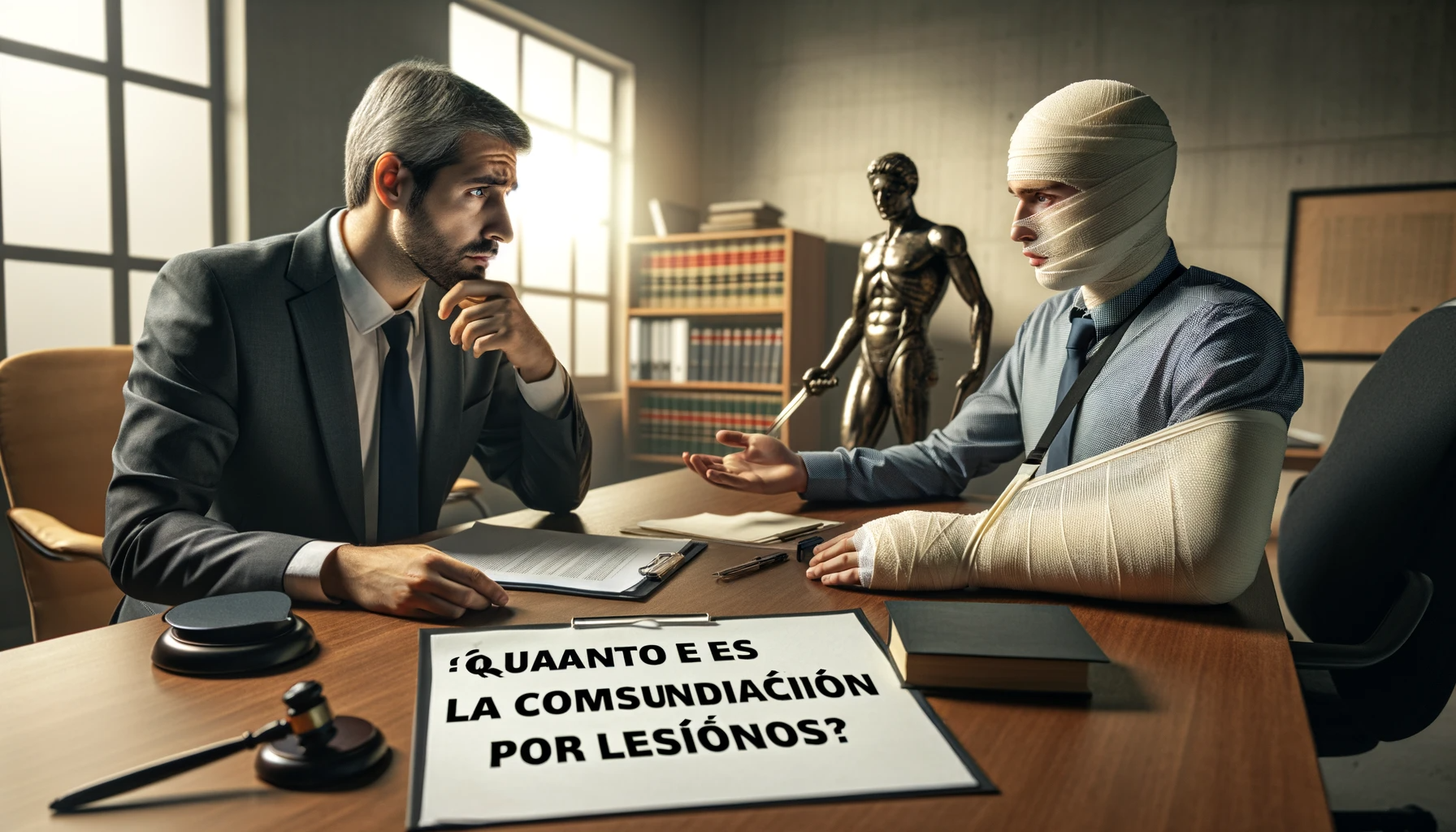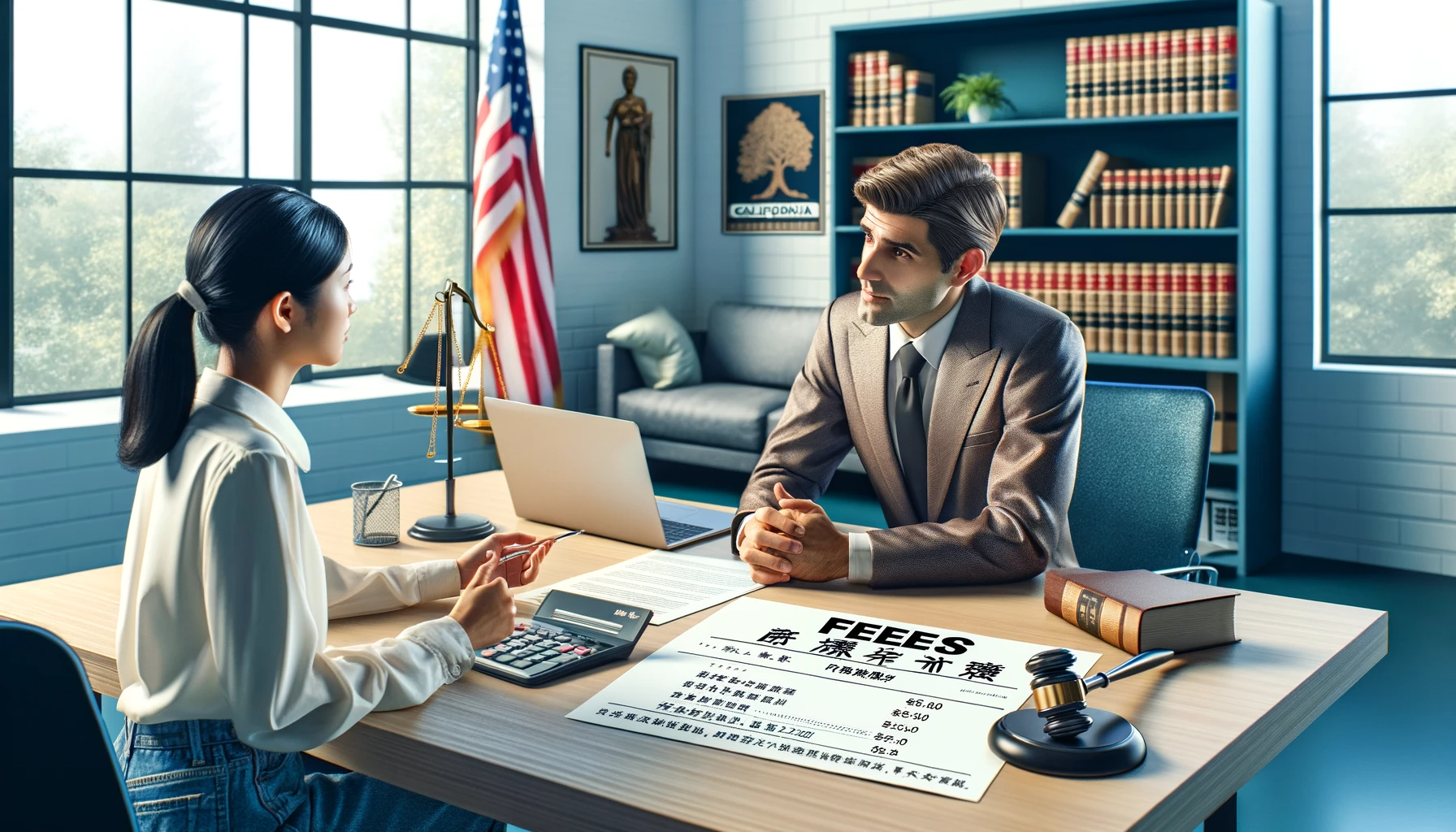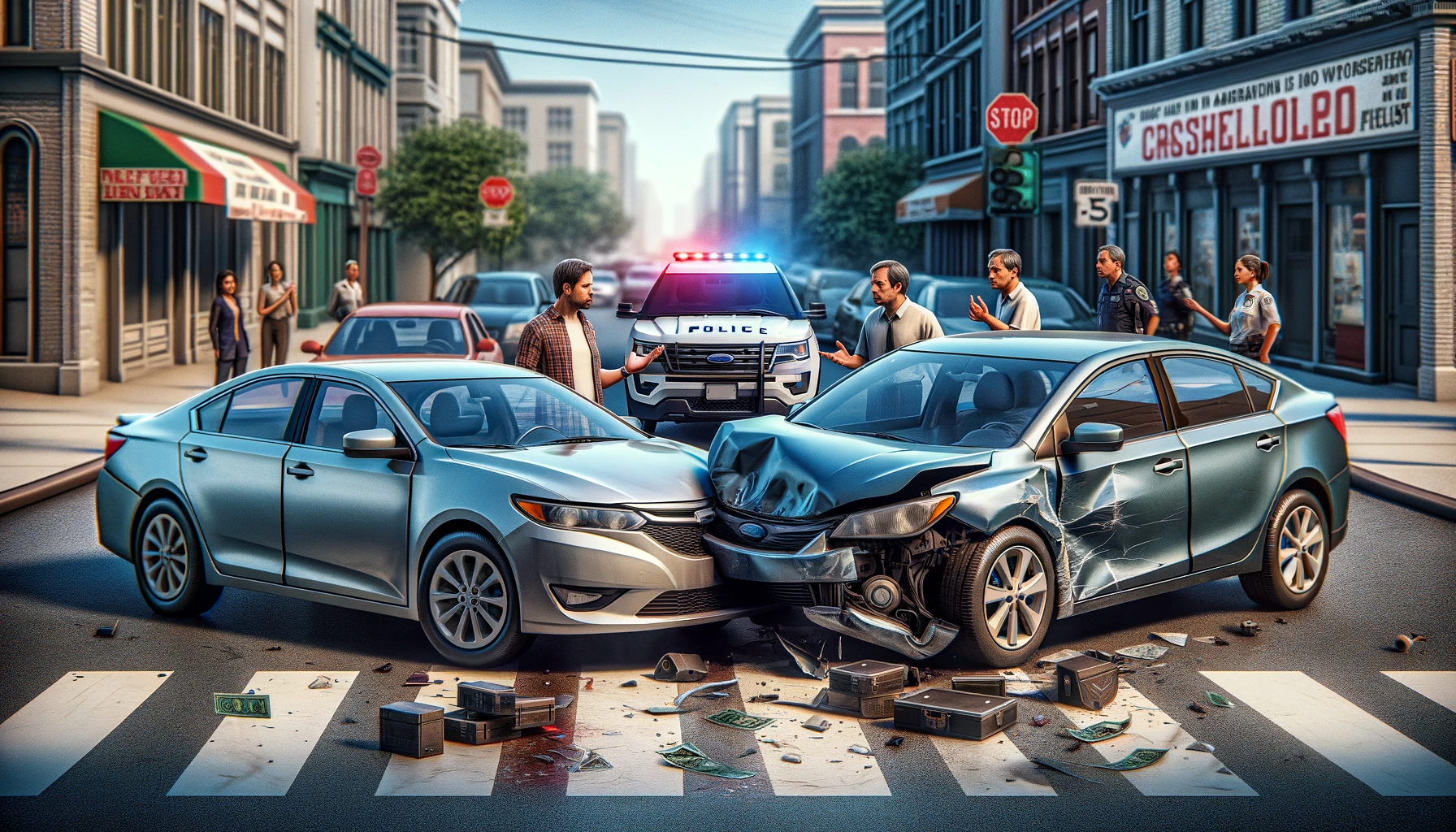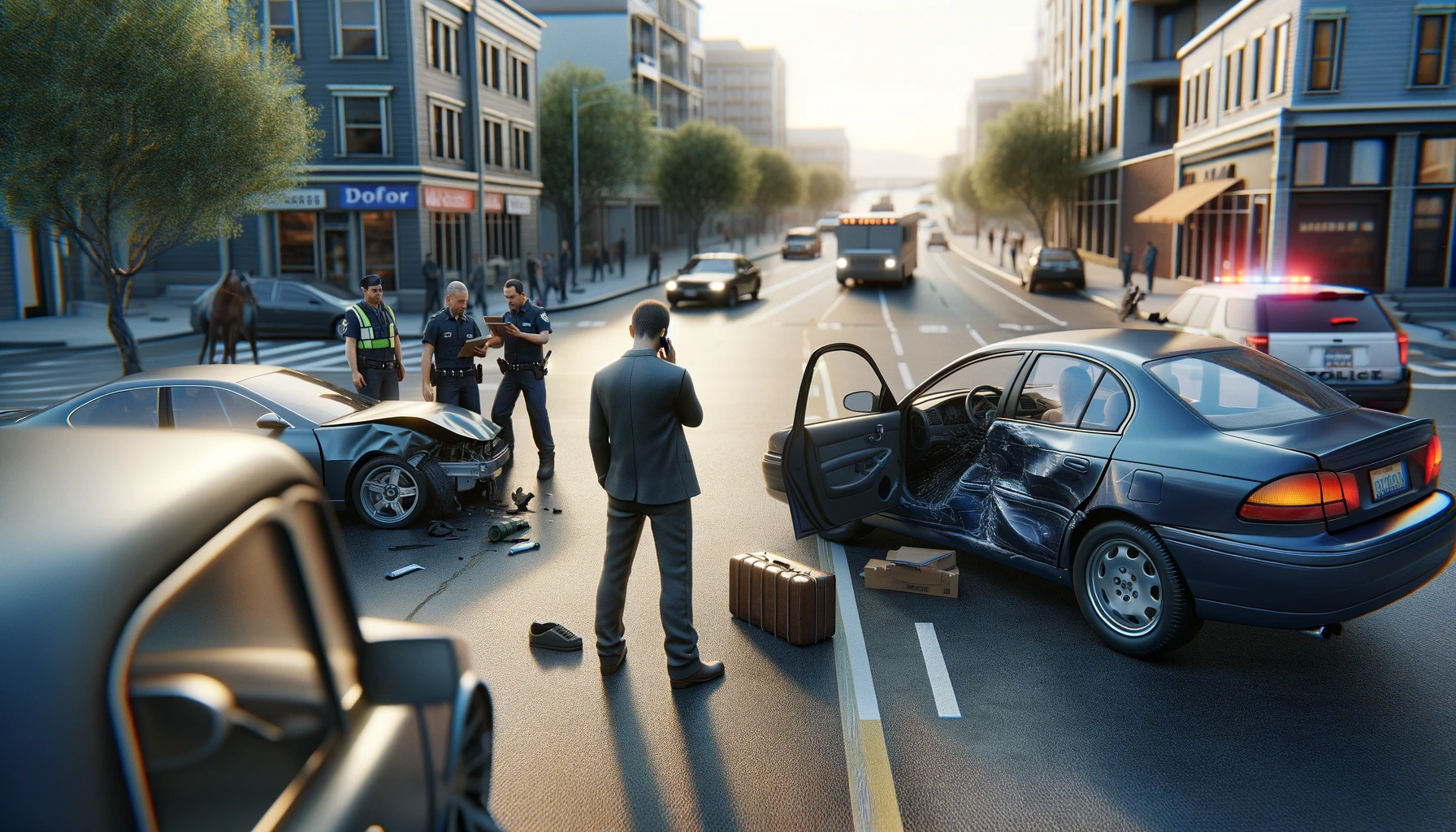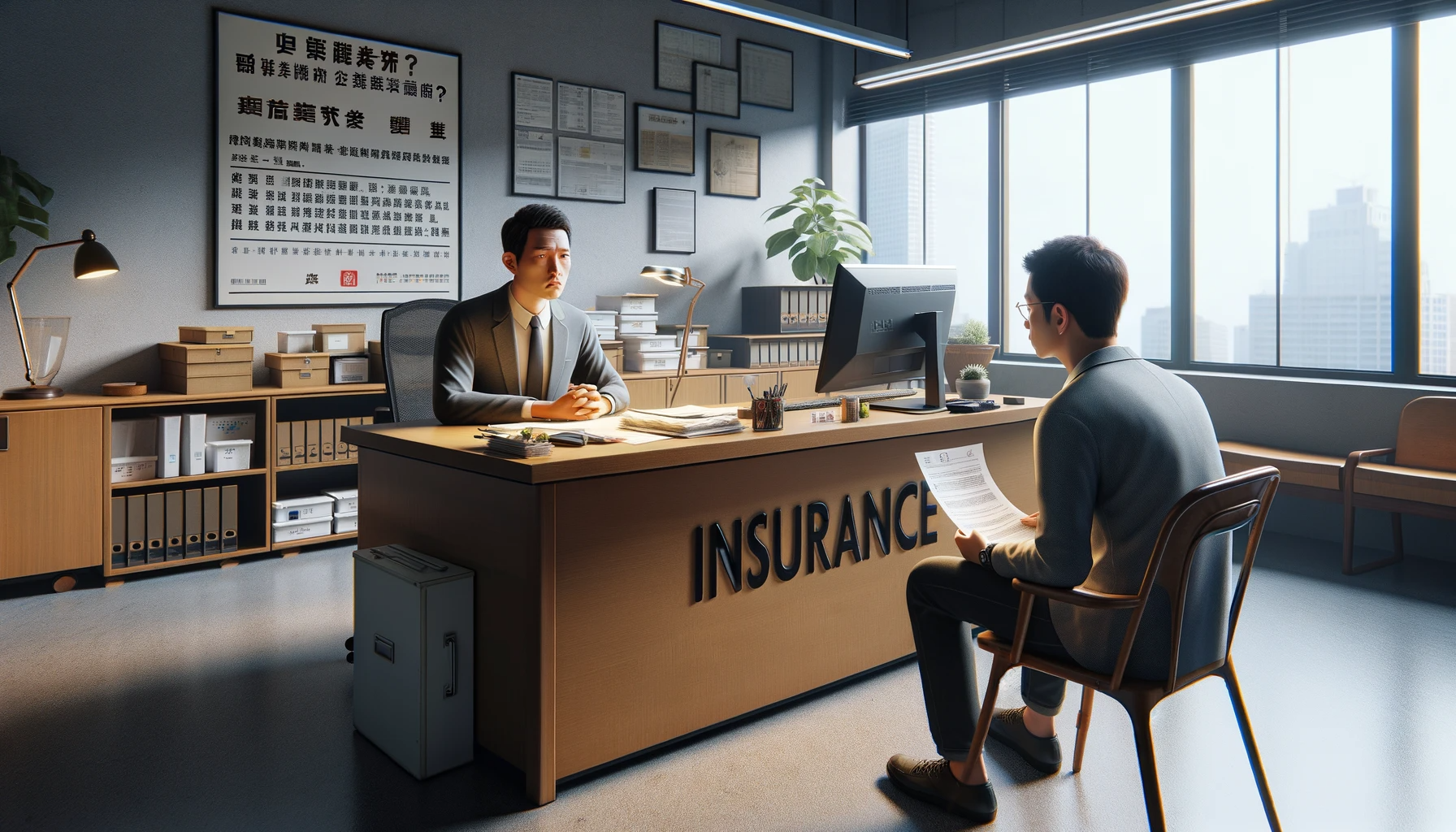Introduction
Auto accidents that involve pedestrians are often traumatic and complex situations, leading to severe physical and emotional consequences for everyone involved. Unlike a standard car-to-car collision, these accidents have unique legal considerations because the pedestrian is significantly more vulnerable. Due to this vulnerability, even minor collisions can cause catastrophic injuries, from broken bones to traumatic brain injuries, and, in severe cases, fatalities. The legal landscape for pedestrian collisions can differ significantly from vehicle-to-vehicle accidents, requiring a nuanced understanding of fault, liability, and compensation rights.
In this article, we will delve into the specific legal resources available to pedestrians involved in
auto accidents, explore their rights, and outline the steps they should take to protect themselves legally. Whether you’re a victim of such an accident or simply looking to be better informed, understanding these concepts is crucial. From knowing what to do immediately after the accident to navigating insurance claims and potential lawsuits, being prepared can make a significant difference in the outcome of your case.
Why Pedestrian Collisions are Unique in Legal Context
Pedestrian collisions present a unique set of challenges in legal contexts due to the inherent imbalance of protection between the parties involved. Unlike drivers who are shielded by the vehicle's frame, seat belts, and airbags, pedestrians have no physical protection. This disparity often results in much more severe injuries for pedestrians, even at low speeds. Because of this, liability and fault determination require careful consideration, and the laws that apply may differ substantially based on local traffic regulations, right-of-way laws, and even the pedestrian’s own actions at the time of the accident.
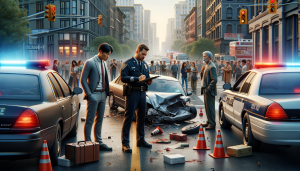
Defining Pedestrian Collision
A pedestrian collision occurs when a person on foot is struck by a motor vehicle, such as a car, truck, or motorcycle. These accidents can happen in a variety of settings, including marked or unmarked crosswalks, sidewalks, intersections, driveways, and parking lots. Even when a vehicle is moving at a slow speed, the impact can be devastating for the pedestrian. Factors such as the angle of impact, vehicle speed, and pedestrian’s position all play a role in determining the extent of the injuries and, subsequently, the legal considerations of the case.
Common Causes of Pedestrian Accidents
Understanding the common causes of pedestrian accidents is crucial for establishing fault and liability in a legal context. These causes can vary, but some of the most prevalent include:
- Distracted Driving: Drivers texting, using navigation systems, or engaging in other distractions may not see a pedestrian until it’s too late.
- Failure to Yield: Many pedestrian collisions occur when drivers fail to yield the right-of-way at intersections or crosswalks.
- Speeding: Excessive speed reduces a driver’s reaction time and increases the severity of the impact.
- Driving Under the Influence: Impaired driving due to alcohol or drugs significantly heightens the risk of a pedestrian collision.
- Jaywalking: Pedestrians who cross streets outside designated crosswalks or suddenly enter the roadway can also be at fault, complicating the liability issue.
Identifying the cause is essential for any legal action, as it directly influences how compensation is pursued and who is held accountable.
Legal Implications for Drivers and Pedestrians
Legal implications in pedestrian accidents vary depending on the nature of the collision and the actions of both parties involved. Drivers are generally held to a higher standard of care, especially in areas with high pedestrian traffic. However, pedestrians are not exempt from responsibility. They must adhere to local traffic laws, such as crossing at designated points and avoiding distractions like using phones while walking.
If a driver is found negligent—perhaps by failing to yield or speeding—they can be held liable for the pedestrian’s damages. Conversely, if a pedestrian contributes to the accident, such as crossing against a signal, the compensation they receive may be reduced under comparative negligence laws. Understanding these nuances is vital for both parties to navigate the legal aftermath effectively.
Legal Rights of Pedestrians Involved in Auto Accidents
Right to Compensation
Pedestrians who are injured in
auto accidents have a right to seek compensation for their damages. This typically includes medical bills, lost wages, pain and suffering, and other economic and non-economic damages. The compensation is usually sought through the driver’s auto insurance or, in some cases, through a
personal injury lawsuit. Pedestrians may also be able to pursue compensation through their own insurance if they have coverage for uninsured or underinsured motorists.
Fault Determination in Pedestrian Accidents
Fault determination in pedestrian accidents is not always straightforward. Multiple factors must be considered, including traffic signals, pedestrian behavior, and driver actions. For example, if a pedestrian crosses against a red light, they might be partially at fault. However, if a driver was speeding at the time of the accident, the blame could be shared. Many states follow a
comparative negligence model, which means that a pedestrian’s compensation is reduced by their percentage of fault. Thus, if a pedestrian is 30% at fault, they can still recover 70% of their damages.
Key Legal Steps to Take After a Pedestrian Collision
If you’ve been involved in a pedestrian collision, it’s important to take specific steps to protect your health and legal rights. Each of these actions can significantly impact the strength of your case:
Gather Evidence at the Scene
Collect as much evidence as possible from the scene. This includes taking photographs of the accident location, the vehicle involved, and any visible injuries. Get the contact details of any witnesses, as their testimony can be crucial in establishing what happened.
Report the Accident to Authorities
Always report the accident to local authorities, regardless of how minor it may seem. A police report will document the facts of the accident, which can be invaluable if you decide to pursue legal action later.
Seek Medical Attention
Even if you don’t feel seriously injured, see a doctor immediately. Some injuries, such as whiplash or internal trauma, may not present symptoms until days or even weeks later. A medical record not only ensures your well-being but also serves as evidence in your claim.
Contact Legal Counsel
An experienced
personal injury attorney can help you navigate the legal complexities following a pedestrian collision. They can assist in gathering evidence, negotiating with insurance companies, and representing your interests in court if necessary.
Understanding Liability in Pedestrian Collisions
Comparative Negligence in Pedestrian Accidents
In pedestrian accident cases, many states follow comparative negligence laws. This legal doctrine assigns a percentage of fault to each party involved. If a pedestrian is partially at fault, such as stepping off a curb prematurely, their compensation is adjusted accordingly.
How Driver and Pedestrian Fault Impact Compensation
For instance, in a scenario where a pedestrian is 20% at fault and the total damages are $100,000, they would only receive $80,000. This system ensures that each party is held accountable for their actions, but it also means that pedestrians must carefully consider their actions at the time of the accident.
Filing an Insurance Claim After a Pedestrian Accident
When a pedestrian is involved in an accident with a motor vehicle, navigating the insurance process can be a daunting experience. Insurance claims are often complicated, requiring an understanding of the types of coverage available, deadlines for filing, and what evidence is necessary to support your claim. It’s essential to be aware of your options and rights to ensure you receive fair compensation. Below, we’ll explore the types of insurance coverage that apply to pedestrian collisions and offer strategies for filing a successful claim.
Types of Insurance Coverage Available
Depending on the circumstances of the accident, there are different insurance policies that may cover the pedestrian’s injuries and other damages:
- Driver’s Auto Insurance: In most cases, the pedestrian would file a claim against the driver’s liability insurance. This policy typically covers medical expenses, lost wages, and pain and suffering damages. If the driver is at fault, their insurance is the primary source of compensation.
- Uninsured or Underinsured Motorist Coverage: If the driver does not have insurance or has inadequate coverage, the pedestrian may file a claim under their own uninsured/underinsured motorist policy (if they have one). This type of coverage is designed to step in when the at-fault driver cannot fully compensate the injured party.
- Medical Payments Coverage (MedPay): Some auto insurance policies include MedPay, which can cover a pedestrian’s immediate medical bills regardless of who was at fault. This coverage is helpful for offsetting initial medical costs without waiting for a full claim resolution.
- Personal Injury Protection (PIP): In states that require Personal Injury Protection, the pedestrian can file a claim under the PIP coverage of the driver’s insurance. PIP may cover medical expenses, lost wages, and even rehabilitation costs, depending on the policy.
Understanding the specifics of each type of coverage is vital for maximizing your compensation. A legal professional can help evaluate which insurance applies to your case and ensure you receive the appropriate benefits.
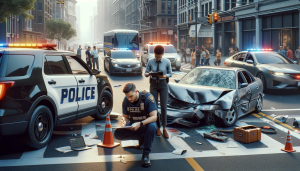
Tips for Filing a Successful Claim
When filing an insurance claim, preparation and attention to detail are key. Here are some tips to improve your chances of a successful outcome:
- Collect and Preserve Evidence: Take photos of the accident scene, your injuries, and any property damage. Gather witness contact information and secure a copy of the police report. This documentation will be critical in supporting your claim.
- Keep a Record of All Expenses: Document every expense related to the accident, including medical bills, transportation costs, lost wages, and any home modifications needed due to injuries. A comprehensive record strengthens your claim by providing tangible proof of your damages.
- Do Not Rush to Settle: Insurance companies often offer quick settlements that may not fully cover your long-term expenses. Consult with a legal professional before accepting any offers to ensure that the compensation is fair and just.
- Seek Legal Representation: Navigating insurance negotiations can be challenging, especially when dealing with complex policies or disputes over liability. Having a skilled attorney represent you can prevent insurance companies from undervaluing your claim.
Legal Options for Pedestrians After a Collision
Pedestrians have several legal options to pursue compensation depending on the circumstances of the accident and the severity of their injuries. Understanding these options can help you decide the best course of action for your situation.
If a pedestrian is injured in an accident due to the negligence or recklessness of a driver, they can file a
personal injury claim. This type of lawsuit seeks compensation for economic damages (such as medical bills and lost wages) and non-economic damages (such as pain and suffering). The burden of proof lies with the pedestrian to show that the driver’s actions caused their injuries. Working with a
personal injury attorney can increase the chances of successfully proving negligence and maximizing the compensation.
Wrongful Death Claims
If a pedestrian accident results in death, the victim’s family has the right to file a wrongful death claim against the at-fault driver. This type of claim seeks compensation for funeral expenses, loss of companionship, and the financial support the deceased would have provided. Wrongful death claims are more complex than
personal injury claims and have different statutes of limitations, so it’s critical to act quickly and seek legal advice.
Seeking Punitive Damages
In cases involving extreme negligence or intentional harm—such as a driver deliberately hitting a pedestrian or driving under the influence—the victim or their family may seek
punitive damages. Unlike compensatory damages, which are meant to cover the victim’s losses, punitive damages are intended to punish the wrongdoer and deter similar behavior in the future. Courts award punitive damages only in cases of particularly egregious conduct.
Compensation Available for Pedestrians
The compensation a pedestrian can seek varies based on the severity of the injuries and the impact on their life. Here’s a breakdown of the most common types of compensation:
Medical Expenses and Rehabilitation Costs
Medical expenses can quickly accumulate after a pedestrian collision. Compensation typically covers emergency room visits, hospital stays, surgeries, physical therapy, and any required long-term rehabilitation. If the pedestrian requires ongoing care, compensation should account for these future medical needs as well.
Lost Wages and Earning Capacity
If the pedestrian is unable to work due to their injuries, they can seek compensation for lost wages. This includes not only the time missed from work but also the loss of future earning capacity if the injuries prevent them from returning to their previous job or performing at the same level.
Pain and Suffering Damages
Pain and suffering damages are designed to compensate for the physical pain and emotional distress caused by the accident. This non-economic damage considers factors such as trauma, anxiety, depression, and the overall impact on the pedestrian’s quality of life.
Role of Attorneys in Pedestrian Collision Cases
Legal representation is often essential in pedestrian collision cases, as these cases can involve complex legal and insurance issues. An experienced attorney can significantly improve the chances of a favorable outcome.
How a Lawyer Can Help You Navigate the Legal Process
Attorneys guide victims through each step of the legal process, from collecting evidence and filing insurance claims to negotiating settlements and, if necessary, representing the victim in court. They have a deep understanding of the laws and regulations that apply to pedestrian collisions, making them invaluable allies in ensuring that victims receive the compensation they deserve.
Choosing the Right Attorney for Your Case
Choosing the right attorney is crucial. Look for a lawyer who specializes in
personal injury and has a proven track record with pedestrian collision cases.
Personal injury law can be complex, and having an attorney with relevant experience can significantly impact the outcome of your claim.
Common Mistakes to Avoid After a Pedestrian Collision
After a pedestrian collision, victims may inadvertently harm their case by making certain mistakes. Avoid these common pitfalls to protect your rights and strengthen your claim:
Failing to Seek Medical Attention
Even if you feel fine after the accident, always seek medical attention. Some injuries, such as concussions or internal bleeding, may not present symptoms immediately. Failing to get medical care can also weaken your legal case, as insurance companies may argue that your injuries aren’t serious or weren’t caused by the accident.
Admitting Fault or Liability
Never admit fault at the scene, even if you believe you may have been partially responsible. Statements made at the scene can be used against you later. Instead, focus on gathering evidence and leave the fault determination to the professionals. Let your attorney handle all communications with insurance companies and other parties involved.
Conclusion
Pedestrian collisions can be legally complex, but understanding your rights and the resources available can help you protect yourself. By following the right steps and seeking legal assistance, pedestrians can pursue the compensation they deserve.
Look for an attorney who has the right legal resources for your legal needs.
Contact us here on the
Warmuth Law website or through our hotline 888-517-9888.
Frequently Asked Questions (FAQ's)
1. What should I do immediately after being hit by a car?
Seek medical attention, gather evidence, and report the accident to authorities. Contact a lawyer for legal advice.
2. Can I file a lawsuit if I was partially at fault for the accident?
Yes, you can. Your compensation may be reduced based on your percentage of fault under comparative negligence laws.
3. What kind of compensation can I seek in a pedestrian collision case?
You can seek compensation for medical expenses, lost wages, pain and suffering, and property damage.
4. How long do I have to file a claim after a pedestrian accident?
The time limit varies by state, typically ranging from one to three years. Consult with an attorney to know the specific statute of limitations in your area.
5. Is it necessary to hire a lawyer for a pedestrian collision case?
While not mandatory, having a lawyer increases your chances of obtaining fair compensation and navigating complex legal processes.




